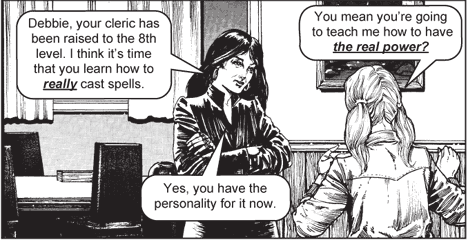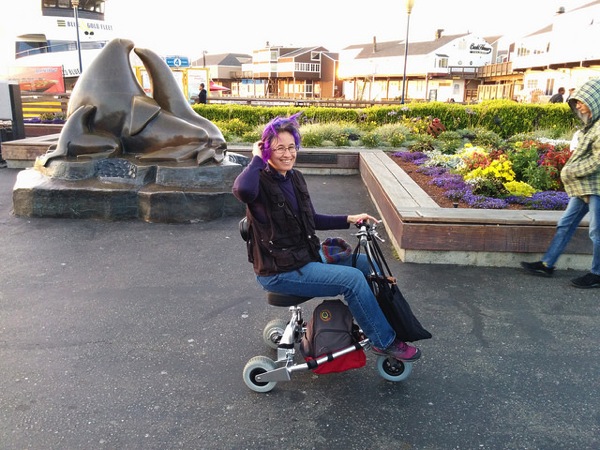The wtf-ological imperative
On the last day of Open Source Bridge I had a hilarious random encounter. I was taking some notes and making badges while listening to the lightning talks (which were great). A guy came up to me and gave me a post it note where he had written, “Wikipedia:” and then some links to articles on the categorical imperative, Karl Popper, and a couple more.
He said something like, “You might benefit from reading these, young lady.” Not sure what I said; something like “Ummm thanks. Why are you giving me this?” He said “I like SCIENCE.” I agreed that I also like science, asked his name, and shook his hand. Then I told him it was weird to call me young lady since I’m obviously old enough to be his mom. He went back to where he was sitting and the lightning talks carried on.
I really wondered what was going on. Had I ever met this person? Was he doing this with everyone or was he fixated on me for some reason? I looked at his web site. It didn’t seem odd. Maybe this was just a slightly socially awkward act, and not a Gift of Fear moment from a member of some odd corner of the manosphere. Maybe this is how Dark Enlightenment people try to make frenemies!
At some point later I was standing next to the same guy reading the unconference schedule. I asked him why he called me young lady and why he gave me those links. “Did I do or say anything in particular, at the conference, during my talks, blogging somewhere, that made you think I am in need of special education about empiricism?” He said everyone should have it. “Yes . . . but why me today? What is it? And why call me young lady? I’m 45. You look like you’re in your early 20s.” The guy said it was because of my tshirt. I was wearing my “End Patriarchy” shirt where the word patriarchy is in html markup as an “end” tag; a mildly nerdy feminist joke. He explained that he dislikes postmodernism. I said it was an odd thing to do. He then explained further that he calls every woman “young lady” and that even if I were 70 he would still call me that.
I had to leave the conference to catch my flight so missed out on this puzzling conversation, but I added as I went away that it wasn’t very polite and it seemed even not very empirical of him to classify me as young no matter what. I don’t always care about politeness, it isn’t that really; it’s that his action and the way he talked to me were mind-bogglingly condescending!
I thought about how communication generally happens. I have passed out flyers to people on the street or during rallies or events but usually not as a shorthand to tell them that they’re wrong in real life. Argument at that level generally happens in something that is framed as, well, argument, or public discourse, or has some other teaching, learning, or activist context. But perhaps my tshirt with its feminist joke is like an invitation to philosophical debate! Yes, I asked for it by wearing this outfit…. *snort* I think if this is going to be a movement, the enlightened ones need something more catchy than a torn pink post-it note. There should be some Kantian Chick Tracts for budding deontologists to hand out on the street to anyone who expresses some identity politics or looks like they might edit the Geek Feminism Wiki. Like creeper cards, but you just hand them to people who are sitting in a chair minding their own business! There could be a whole series of philosophical and political comic books that let feminists and other wrong headed folks know where we missed the logic train. It would be especially great as part of a cult to save our scientific souls! Like Less Wrong, but *even sillier*!
Maybe trading cards or a collectible card game so that I could whip out an Instant and like, counterspell the dude’s Karl Popper with a Paul Feyerabend card drawn by Katja Foglio. It really needs more elegance and fun to be playable!
In short I could not take this moment seriously and had trouble believing it even happened. So I honor that WTF by pausing a moment to record it for all time and make fun of it on the internet.



